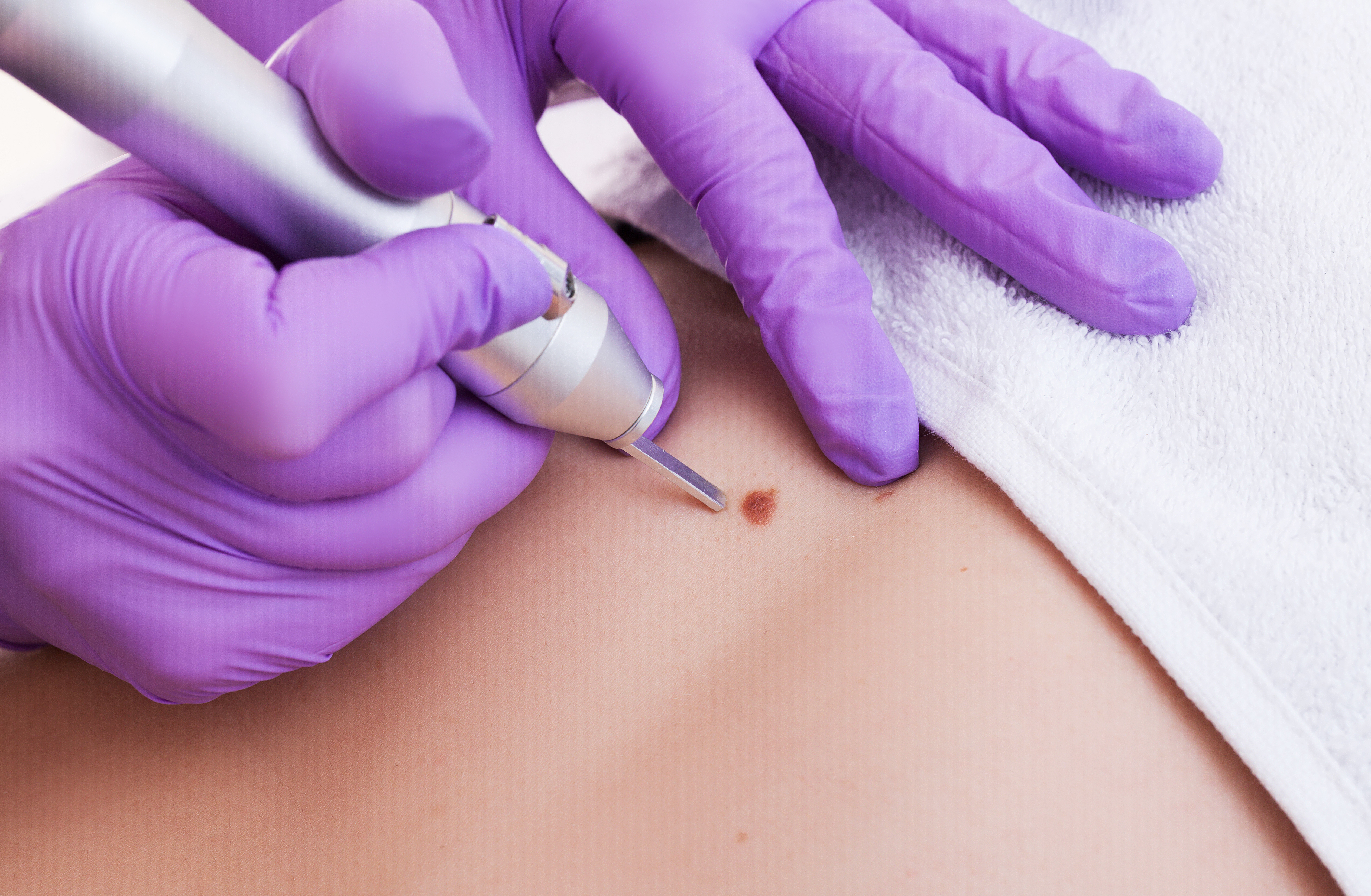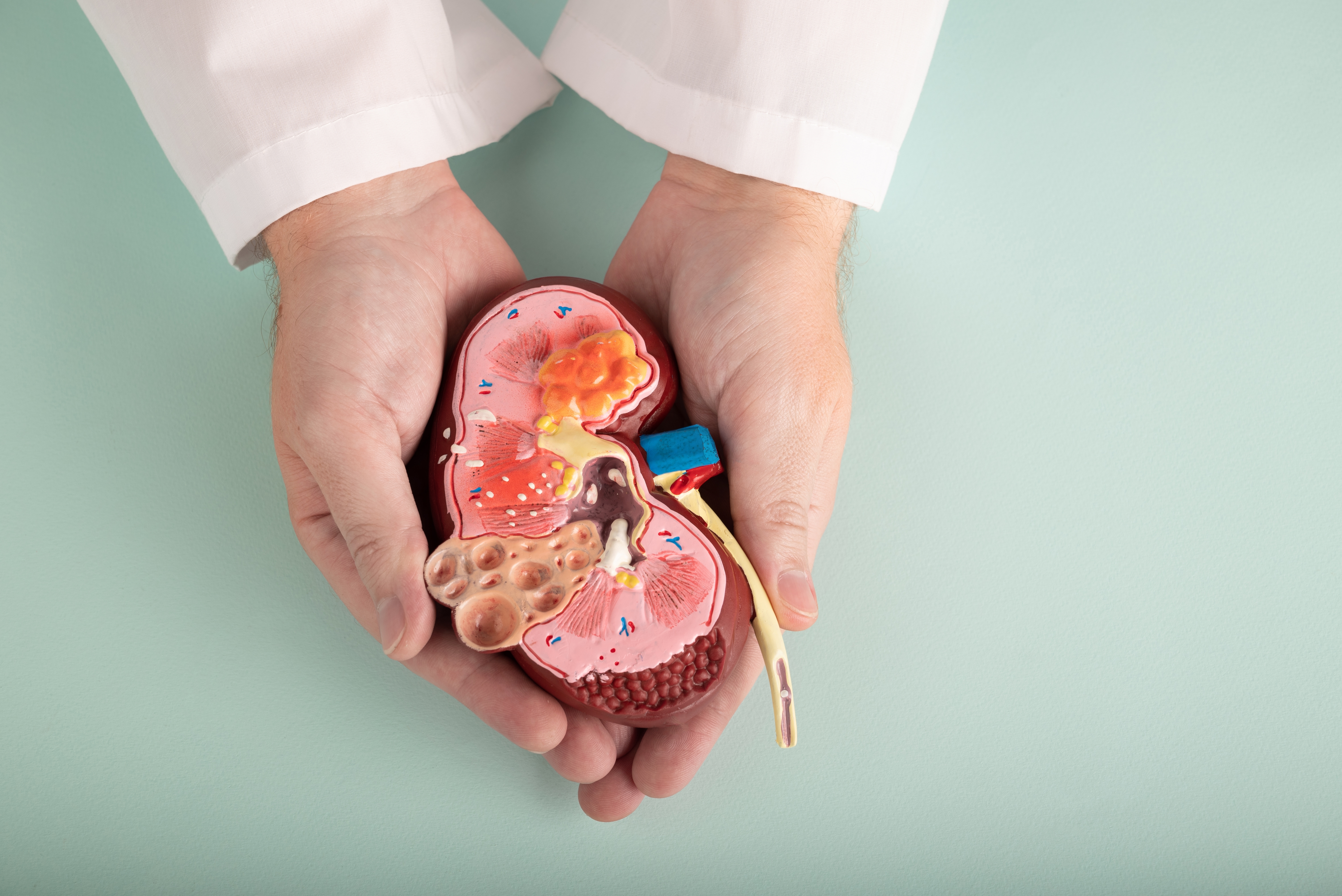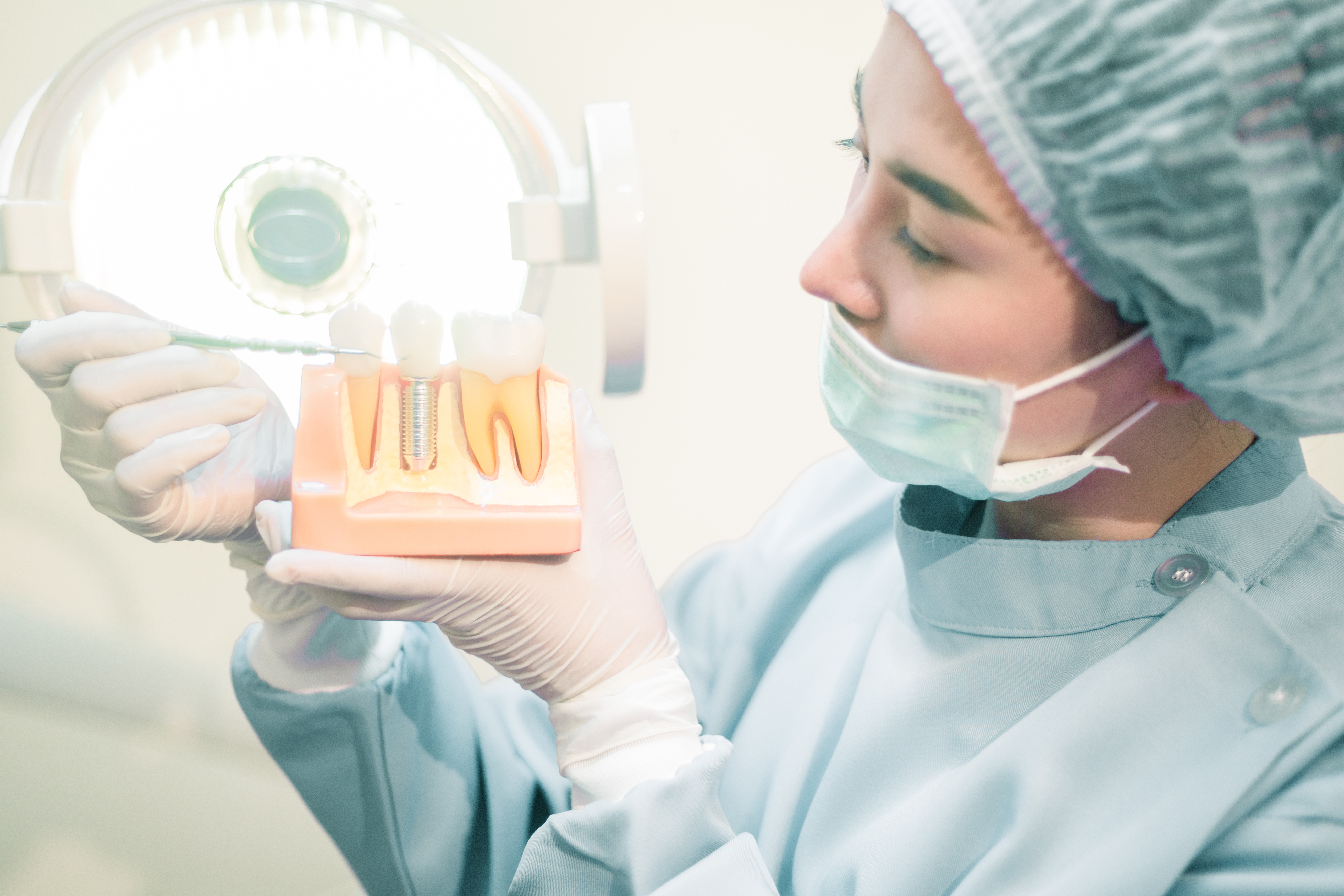
Cardiac Catheterization: Purpose, Procedure, Cost, and Recovery
A catheter procedure can be used as a diagnostic tool and treatment for certain types of heart disease. Some types of heart disease stem from abnormalities in the heart's structure and may not be apparent immediately. Catheter procedures give surgeons an in-depth look at the arteries leading to your heart and correct structural problems that lead to irregular heartbeats, fatigue, and other potentially life-threatening symptoms.
Discover the path to a healthier heart and connect with our experienced medical team to discuss your specific cardiovascular needs.
What is Cardiac Catheterization?
Cardiac catheterization, also known as a “heart cath” or coronary angiogram (CAG), is a medical procedure that provides extremely detailed pictures of the coronary arteries.
Cardiac catheterization measures your blood pressure, blood flow to the heart, and oxygen level in your blood. It allows your doctor to determine the type of illness or deformities you are experiencing and, in some cases, to treat the problem.
There are two types of cardiac catheterization procedures: right heart catheterization (RHC) and left heart catheterization (LHC). To access the right side of the heart during RHC, a medical expert will place a small, flexible tube catheter into a blood vessel in the neck, elbow, or leg. During LHC, the doctor will insert the catheter into an artery from the wrist, arm, or leg.
Why Do You Need Cardiac Catheterization?
Cardiac catheterization is commonly used to:
- Check for heart disease, including conditions that affect the aorta, heart valves, and coronary arteries.
- Check the function of your heart muscle.
- Place a stent if a blockage is identified.
Your doctor can use cardiac catheterization to identify and treat issues. A cardiac catheterization is a valuable tool for diagnosing heart attacks. Contrast dye is injected into the coronary arteries during the procedure to make them visible on x-ray imaging. This enables medical professionals to locate the obstruction, ascertain its size, and determine the most suitable treatment plan.
The following procedures could be carried out with heart catheterization:
- Angioplasty. The catheter was inserted with a tiny balloon at the tip. When this balloon is inflated, it pushes plaque out and widens your artery.
- Biopsy. The catheter is inserted to take a small tissue sample from your heart.
- Repair of heart defects. The catheter is used to close a hole in your heart or stop a leak in a valve.
- Stent placement. Your doctor places a tiny mesh tube called a stent into your artery to help keep it open.
- Valve replacement. A minimally invasive procedure called transcatheter aortic valve replacement (TAVR) involves catheterization to replace a faulty aortic valve.
Certain congenital heart defects can also be corrected through cardiac catheterization. Your heart's valves are equipped with leaflets, which allow blood to flow without seeping backward away from the heart. Pulmonary valve stenosis occurs when valves do not open as widely as they should, preventing adequate blood flow to the heart.
What Happens Before Cardiac Catheterization?
Heart catheterizations are performed in hospitals, most commonly as outpatient procedures. Preparation includes fasting for at least eight hours before catheterization. Your doctor or nurse will tell you what you can and can’t eat or drink before the procedure.
Wearing a hospital gown is required. In order to provide drugs and fluids to you, a nurse will insert an intravenous (IV) needle in your arm.
The cardiac catheterization suite resembles an operating room. You lie on a unique table. Multiple TV monitors and a huge camera are above you. The images from your cardiac catheterization are displayed on the displays.
The nurse will prepare the area in your arm or groin where the catheter will be inserted by cleaning it and potentially shaving it. The area will be covered with a sterile cloth to help prevent infection. Keep your arms and hands at your sides so you don’t move the drapes.
Then, the nurse will put electrodes on your chest. These small, flat, sticky patches are connected to an EKG machine to record the electrical activity of your heart.
Cardiac Catheterization Procedure
Cardiac catheterization uses a thin, hollow tube called a catheter. A catheter is a thin, flexible tube. It is inserted into a blood vessel—usually in your groin, neck, or arm—and is guided toward your heart. A dye may be inserted into the catheter to help make the blood vessels and arteries more visible.
A tiny, balloon-like device is attached to the end of the catheter and inflated in the narrowed section near the affected heart valve. The balloon pushes the leaflets open to correct the stenosis. The balloon is removed when the catheter is removed from your vein.
Cardiac catheterization treats septal defects, which are holes between your heart's atria (sides). In this case, the catheter carries a patch like an umbrella and places the device across the hole in the septum.
Although you will be awake during the catheterization process, you will be given sedative medications to keep you comfortable. The medication is delivered through the same intravenous line through which the catheter is strung, so the procedure is minimally invasive.
Your physician may take blood samples and a heart muscle biopsy during the procedure.
How Long Does a Cardiac Catheterization Last?
A cardiac cath procedure usually takes about 30-60 minutes. An X-ray camera will capture images of your heart chambers and arteries.
During the process, your doctor can instruct you to hold your breath, cough, or take a deep breath. You will also need to hold your breath while they are taking the X-rays. Once all of the photographs have been taken, the crew will remove the catheter and turn on the lights.
You may feel hot or flushed when the doctor injects the dye into your heart. This is normal and will go away in a few seconds. If you have nausea, chest pain, throat itching or tightness, or any other symptoms, let the doctor or the nurses know.
You should plan on being at the hospital all day. The exam may take longer if you also require extra procedures.
What Are the Risks of Cardiac Catheterization?
A cardiac cath is generally safe. But as with any procedure involving your body, there are risks. Your doctor will discuss the risks with you, so be careful to lessen the chances of having them.
Risks and complications are uncommon but may include:
- accumulation of fluid between your heart and its outer covering
- low blood pressure readings
- allergic reaction to the contrast dye
- blood clots or excessive bleeding
- heart attack or stroke
- irregular heartbeat
What Can You Expect After Cardiac Catheterization?
Recovery from cardiac catheterization is brief. If the procedure is done in the morning, you can go home in the afternoon or the evening.
Your doctor will remove the catheter if it is inserted into your groin and then stitch up the wound, seal it with collagen, or apply pressure to the wound. A collagen seal is a protein substance that assists your body's natural healing mechanisms in forming an arterial clot.
You may frequently be instructed to lie flat on your back for a few to several hours following the test. This is a precaution against bleeding if the catheter is inserted into a vein in your groin.
Residual soreness in the insertion area is possible. For a few hours, the doctor will monitor you to ensure everything is alright. Inform your nurse if you suspect bleeding or experience any tingling or numbness in your fingers. You can be prescribed medicine to ease the pain in your arm. Additionally, you'll receive instructions on how to care for your arm at home.
Your wound will be covered with a sterile dressing to help prevent infection. To prevent bleeding, you need to lie down for 2 to 6 hours with your leg straight. You should keep your head low (no more than two pillows high) to prevent groin and abdominal strain. You won't be able to stand or sit up during this time.
The nurse will examine your bandage frequently, but you should alert them if you suspect bleeding (have a warm, wet sensation) or if the tips of your toes are tingling or numb. If you experience discomfort after the anesthesia wears off, you can be prescribed medicine. When it's okay for you to get out of bed, your nurse will assist you.
How Much Does a Heart Catheterization Cost at Bali International Hospital?
The estimated average for cardiac catheterization in Indonesia costs around IDR 7 million to more than IDR. 10,000,000.
At The Sanur, we believe wellness is unrivaled to heal your body, mind, and soul. Hence, cardiology as one of the centers of excellence at Bali International Hospital is committed to prioritizing your heart health by offering comprehensive assessments and treatments.
Our services include preventive care, early detection, diagnostics, and treatment of a wide range of cardiovascular diseases with unparalleled expertise and cutting-edge medical technology right in the heart of Bali.
Contact us now to schedule a consultation and take the first step towards a healthier heart.
Related Articles

Mole surgery is a safe procedure with a relatively high success rate. What preparations are needed ...

Kidney stones (nephrolithiasis) are hard objects formed from chemicals in the kidneys. Once formed, the stone ...

Dental implants can be an excellent solution for replacing damaged or lost adult teeth. Before deciding ...

